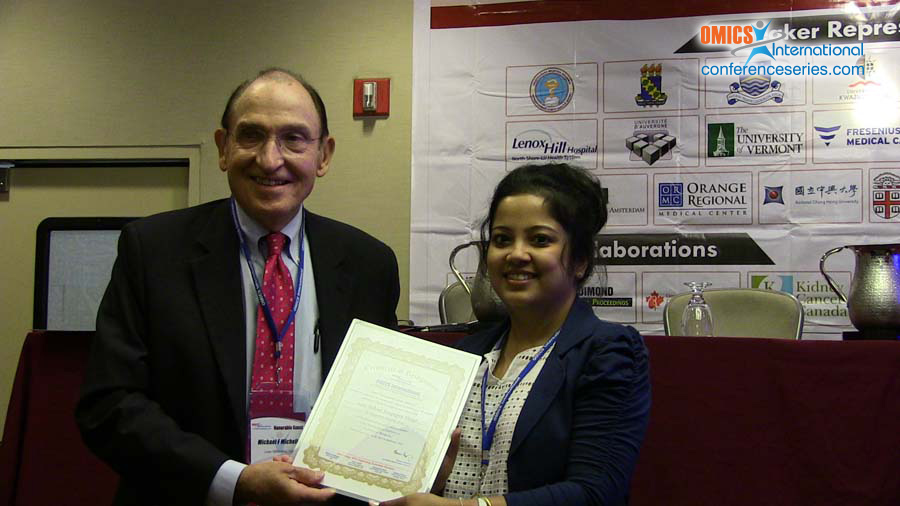
Sohini Sengupta Neogi
Sir Gangaram Hospital, India
Title: Elevated tumor marker CA125: Interpretations in renal disease
Biography
Biography: Sohini Sengupta Neogi
Abstract
Tumor markers like CA125 are routinely used for the purpose of screening and diagnosis of several malignant conditions. Elevated levels of several tumour markers can be frequently detected in patients with impaired kidney function because of disturbed renal elimination or presence of neoplasia, given the higher risk of developing malignancies in these patients. The possibility of false positive results notably reduces the diagnostic value of those markers that are mainly eliminated by renal excretion. Our institute has a large base of nephrology patients undergoing dialysis and transplants and hence, our interest lies in this area. In our hospital, the biological reference interval (BRI) in use for CA125 is less than 35 IU/mL. The serum CA-125 level is within normal limits in majority of haemodialysis and stable CAPD patients. In peritoneal dialysis, CA 125 is elevated after peritonitis and after catheter replacement.The serum CA-125 level should be interpreted with caution in the CAPD patients as it may be a non-specific marker of peritoneal irritation. CA 125 serum level is elevated in male patients of chronic kidney disease but is not influenced by kidney transplant. The BRI for other tumour markers like fPSA, CA15.3 and CA19.9 markers in our laboratory is <0.25 ng/mL, 0-31 U/mL and 0-35 U/ mL respectively. These markers also show an increase in patients of haemodialysis. We thus conclude that elevated level of tumour markers need to be evaluated judiciously in patients of chronic renal disease particularly women in the reproductive age group to prevent them from being subjected to unnecessary exploratory interventions.



